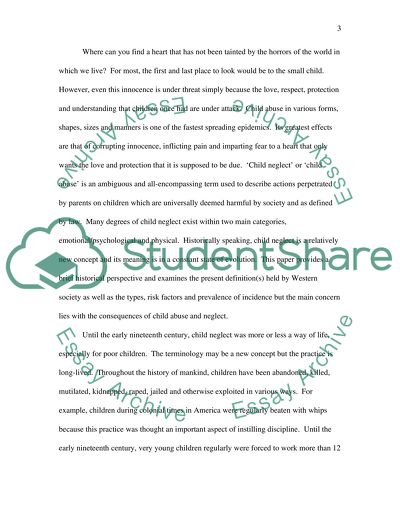Cite this document
(How Childhood Abuse Effects the Child as He/She Grows into Adulthood Essay, n.d.)
How Childhood Abuse Effects the Child as He/She Grows into Adulthood Essay. Retrieved from https://studentshare.org/psychology/1541224-psychology-how-childhood-abuse-effects-the-child-as-heshe-grows-into-adulthood
How Childhood Abuse Effects the Child as He/She Grows into Adulthood Essay. Retrieved from https://studentshare.org/psychology/1541224-psychology-how-childhood-abuse-effects-the-child-as-heshe-grows-into-adulthood
(How Childhood Abuse Effects the Child As He/She Grows into Adulthood Essay)
How Childhood Abuse Effects the Child As He/She Grows into Adulthood Essay. https://studentshare.org/psychology/1541224-psychology-how-childhood-abuse-effects-the-child-as-heshe-grows-into-adulthood.
How Childhood Abuse Effects the Child As He/She Grows into Adulthood Essay. https://studentshare.org/psychology/1541224-psychology-how-childhood-abuse-effects-the-child-as-heshe-grows-into-adulthood.
“How Childhood Abuse Effects the Child As He/She Grows into Adulthood Essay”, n.d. https://studentshare.org/psychology/1541224-psychology-how-childhood-abuse-effects-the-child-as-heshe-grows-into-adulthood.


